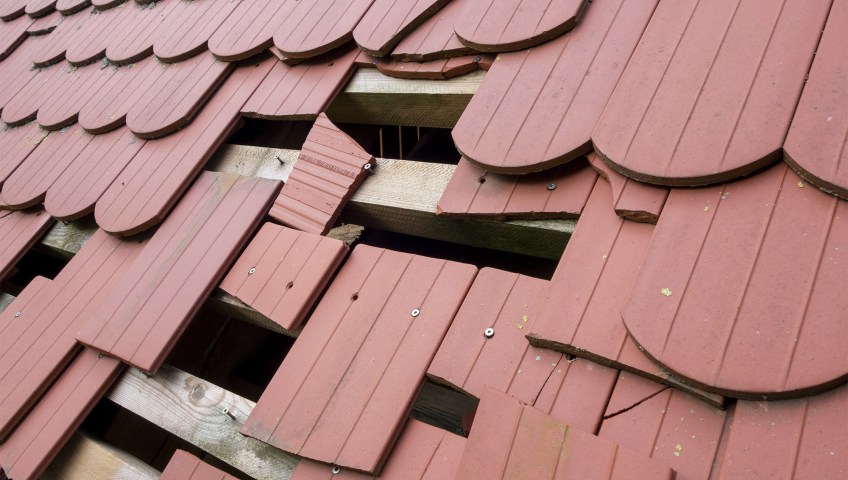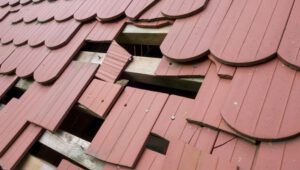Sparrow Home Loans help you own a property without exhausting your savings. They also offer tax benefits and affordable EMIs.

Home loans provide an opportunity for aspiring homeowners to fulfill their dream of owning a property with manageable monthly EMIs. There are several types of mortgages available, including conventional loans, government-backed loans and jumbo mortgages. Each type offers unique benefits, requirements and loan terms.
Conventional home loans are typically designed for borrowers with excellent credit scores and down payments. These mortgages do not require a government guarantee or insurance and may offer competitive interest rates. Conventional loans also have flexible credit requirements and lower closing costs than government-backed loans. However, they may have stricter requirements regarding the property and its location.
Government-backed loans, on the other hand, are designed for a wide range of financial situations. These loans are typically offered by the Federal Housing Administration (FHA) and the Department of Veterans Affairs (VA). These mortgages often offer lower interest rates, lower down payment requirements, and more flexible credit requirements. In addition, they do not require private mortgage insurance (PMI) for borrowers with 20% or more down payments.
A jumbo mortgage is a home loan that exceeds conforming loan limits set by Fannie Mae and Freddie Mac. These mortgages can be used to purchase single-family homes, luxury residences and investment properties. They can also be used to finance renovations or consolidate debt. Jumbo home loans can have a fixed or adjustable rate and have a variety of repayment terms.
There are other types of home loans, such as home improvement loans and second mortgages. These loans are a great way to finance major home renovations and upgrades. However, it is important to remember that these loans will add to your debt load and should be considered carefully.
Lastly, there are also non-QM home loans, which are designed for borrowers who do not meet traditional mortgage criteria. These mortgages use alternative methods like bank statements and asset consideration to assess income and qualify borrowers. This flexibility broadens access to homeownership for more borrowers and allows them to take advantage of the many benefits that homeownership has to offer. These benefits include tax deductions and the ability to build equity in their homes over time.
Requirements
Home loans are offered by banks and financial institutions as a way to help people buy houses with their own money. They provide funds to purchase a house and can be repaid in monthly installments, which makes it easier for people to buy their dream homes. There are several requirements that need to be met for a person to qualify for a home loan. They include a certain amount of savings, a good credit score, and the ability to repay the loan. In addition, borrowers must also pass the underwriting process. This includes a credit check, verification of income and assets, an appraisal of the property, and other requirements.
One of the most important factors is an individual’s debt-to-income (DTI) ratio, which measures how much a person’s total monthly payments, including mortgage and other loans, will be compared to their income. Generally, lenders require applicants to have a DTI of 43% or less. In addition, many lenders require a down payment of at least 3%.
When choosing a home loan, it is important to understand the terms and conditions. This will allow you to compare different options and choose the best one for your needs. For example, some lenders may offer flexible repayment periods or lower interest rates. These features can make a big difference in the cost of a home loan. Additionally, some lenders may also have special programs for first-time buyers or low-income borrowers.
A home loan is a great option for those who want to own their own homes but do not have enough savings to buy one. Home loans can be repaid in a short period of time, so you can save your money for other expenses. Moreover, you can also benefit from the increase in the value of your home over time.
Aside from offering manageable EMIs, home loans can also bring several benefits. From tax deductions to specific perks for first-time homebuyers, these loans can help lighten the financial burden for people who are looking to make their dream home a reality.
Down payment
When looking for a home loan, there are many factors to consider. One of the most important is the down payment. This amount is an initial investment in your home that reduces the risk to the lender, which can then lead to lower mortgage rates. Home buyers should use affordability calculators and explore options to find a home loan that works for them. They should also be aware of closing costs and the possibility of private mortgage insurance (PMI).
Traditionally, conventional loans have required a 20% down payment to qualify for a mortgage. However, incentivized programs for first-time homebuyers have reduced the down payment requirements to encourage homeownership and make it more affordable for prospective borrowers. Currently, some lenders offer mortgages with as little as 3% down, and some even provide zero-down mortgages to qualified borrowers.
These low-down payment mortgages can help borrowers avoid PMI and allow them to borrow larger amounts of money, which makes them suitable for a variety of buyers. However, these mortgages may carry higher interest rates than conventional mortgages. To avoid high interest rates, borrowers should work to pay down debts, especially credit card debt, before applying for a mortgage.
To determine the right mortgage for you, speak to a mortgage professional. They will check your credit and income to determine how much you can afford. They will also assist you with the application process and help you choose a loan that best suits your needs. A loan officer can also advise you on additional fees, such as mortgage insurance, property taxes, and association dues.
Home Loans are usually paid back in regular fortnightly or monthly repayments, which can range from 25 to 30 years. These repayments are based on the principal and interest of the loan, plus other fees, including lender fees, mortgage insurance, property taxes, and private mortgage insurance. Borrowers should also consider a number of other costs associated with buying a home, such as moving expenses, new furniture, and other unforeseen expenses. Borrowers should compare home loan products, and should look for a lender that offers competitive interest rates, flexible lending criteria, and a wide selection of loan features.
Interest rates
Interest rates are an important factor to consider when taking out a home loan. Mortgage lenders charge borrowers an interest rate to cover the cost of borrowing money, and to hedge some of the risk associated with lending large sums of money for long periods of time.
The exact rates you’ll pay will depend on a number of factors, including the type of home loan, your credit profile and property location. However, you can lower your overall costs by paying down debt and raising your credit score before applying for a loan.
Whether you’re looking to buy your first home, or refinance your current mortgage, ECU offers competitive rates on both fixed and adjustable rate loans. Rates are based on an evaluation of your credit and collateral, and are subject to change without notice.
ECU offers home equity loans and lines of credit, which allow you to leverage the value of your home by securing funds backed by that value. You can use the funds to help finance home improvement projects, pay off debt or fund other expenses. Typically, home equity loans provide a lump sum paid off over a fixed amount of time at a fixed interest rate and through monthly payments. Home equity lines of credit allow you to borrow money as needed, up to the maximum established by your lender, at a variable rate and repay what you’ve borrowed as soon as you have access to the funds again.
Both loan types can be a valuable tool for homeowners, but the best way to use them will depend on your individual needs and financial goals. Generally speaking, however, home equity loans are more ideal for one-time borrowing needs and for debt consolidation, while HELOCs offer greater flexibility for short-term financing.
As with the primary mortgage, you can lower your overall loan costs by working to improve your credit profile before applying for a home equity loan or line of credit. You can also increase your chances of qualifying for a low interest rate by keeping credit card balances below 30% of the total limit, and making timely payments.











